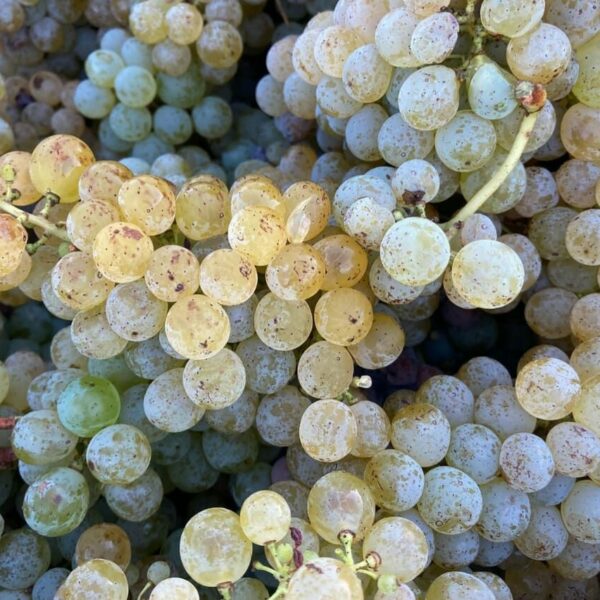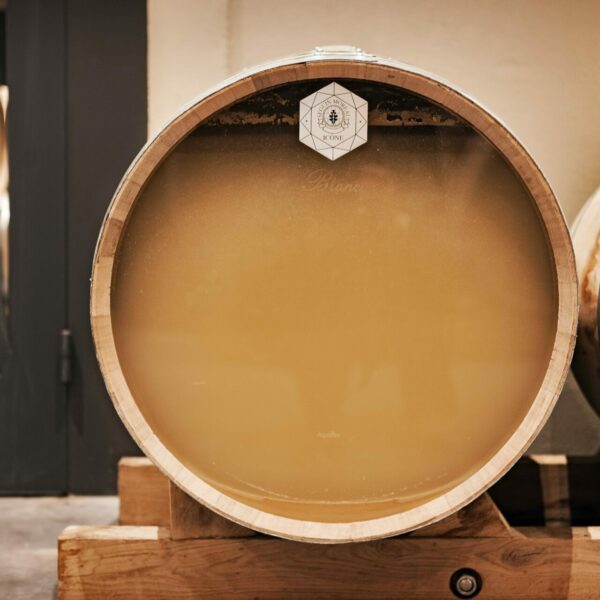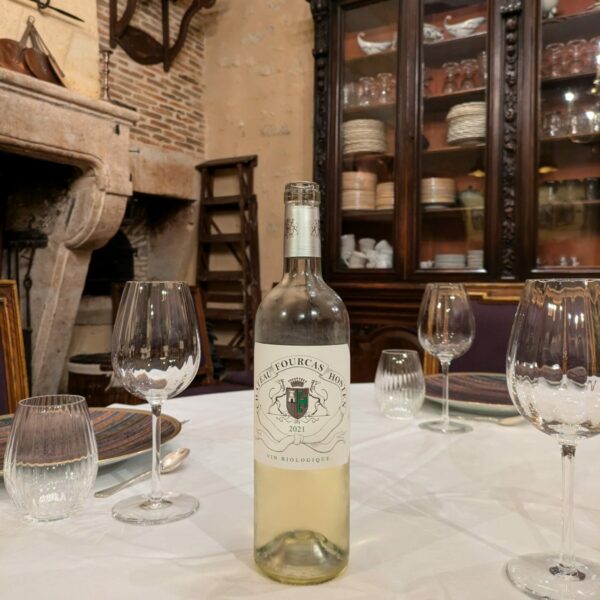After six years of sustained effort by Médoc winegrowers, the Institut National de l’Origine et de la Qualité (INAO) officially recognized the AOC Médoc blanc on June 12, 2025. This recognition marks a historic step for a region long perceived as exclusively dedicated to red wines, and celebrates the revival of an ancient expertise.
Starting with the 2025 harvest, winegrowers will be able to produce white wines under this new regional appellation, with the first bottles expected to be commercialized in spring 2026. The specifications require that each wine contain at least 30% volume aged in wood, ensuring a certain aromatic complexity. Authorized grape varieties include Sauvignon Blanc, Sémillon, Sauvignon Gris, and Muscadelle. Varieties of interest for adaptation (VIFA) may also be used for experimental purposes, opening the door to innovation while respecting the identity of the terroir.

While this new development seems contemporary, it is rooted in a much older tradition. Historically, the Médoc was recognized as a land of white wines, thanks to its clay-limestone soils suitable for this type of cultivation. It wasn’t until the 18th century that red wines took precedence, perhaps due to their better ability to travel under the conditions of the time. This dominance was reinforced by the famous 1855 classification, which focused solely on red crus, relegating whites to a marginal role.
However, Médoc white never completely disappeared. In the 1930s, white wines produced particularly in Listrac were already recognized for their quality. But the INAO’s regulatory constraints, which became stricter in the 1960s, led to the gradual abandonment of these productions, due to an insufficient number of producers to maintain a specific appellation. The majority then turned to the AOC Bordeaux blanc.

After mapping all of the estate’s terroirs, Château Fourcas Hosten replanted white grape varieties. They are planted on a limestone anticline, an ideal terroir for producing high-quality white wines.
Sauvignon blanc, sauvignon gris and sémillon have been cultivated organically since their first year of planting (2012) on 2,21 ha.
All stages of vinification are carried out using gravity. The grapes are harvested by hand and pressed between 4 and 20 hours after arriving at the winery, following initial storage at 5°C. The estate uses 12 hL vertical presses (800 kg whole bunches), and there can be up to 27 different pressings to respect the grape varieties and rootstocks. This is carried out under CO₂ inerting for 7 hours.
The unclarified juice is drained by gravity and transferred to barrels or amphorae (15%).
Alcoholic fermentation (using indigenous yeasts) lasts 12 to 18 days at a temperature of 17 to 23°C.
The wines are aged for 6 months in barrels and amphorae, with stirring adapted to each barrel and each batch.

Each vintage from Château Fourcas Hosten reflects the different aromatic expressions of this terroir, rich in dense limestone rock from the plot “Laurent” adjacent to the estate’s grounds.
This post is also available in Version française.

